Introduction
Pickling mustard root, also known as pickled mustard tubers or simply pickled mustard, is a beloved delicacy across various cultures, particularly in regions where mustard plants thrive. This tangy, crunchy treat offers a burst of flavor that can elevate sandwiches, burgers, salads, and even hot dishes. The process of pickling involves preserving mustard roots in a brine or vinegar solution, often infused with spices and herbs, to enhance their taste and extend their shelf life.
In this comprehensive guide, we delve into the art of pickling mustard root, exploring both traditional methods and innovative recipes that cater to diverse palates. Whether you’re a seasoned preserver or a novice looking to experiment with pickling, this guide promises to equip you with the knowledge and inspiration to create delicious, homemade pickled mustard root.
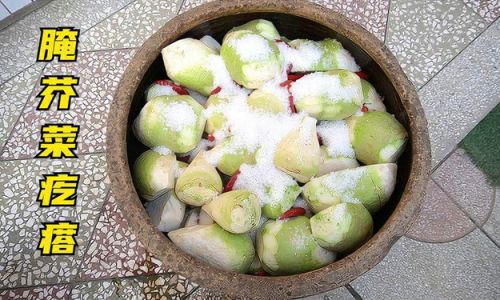
Understanding Mustard Root
Before diving into the pickling process, it’s crucial to understand the star ingredient: mustard root. Mustard plants belong to the Brassicaceae family, which includes broccoli, cabbage, and kale. The roots of certain mustard varieties, particularly Brassica juncea, are used for pickling. These roots are typically firm, with a knobby appearance and a strong, pungent flavor when raw. However, through pickling, their taste transforms into a tangy, slightly sweet, and highly aromatic delight.
When selecting mustard roots for pickling, look for firm, fresh specimens with smooth, unblemished skin. Avoid roots that are soft, moldy, or have cracks, as these may not pickle well and could spoil the batch.
Basic Pickling Principles
Pickling is a preservation technique that involves submerging food in a brine or vinegar solution. This environment inhibits the growth of harmful bacteria, thereby extending the food’s shelf life. The acidity level of the pickling liquid is crucial; it must be high enough to prevent the growth of harmful microorganisms but not too high to make the pickled product inedible.
For mustard root, a vinegar-based brine is commonly used. The vinegar provides the necessary acidity, while salt enhances flavor and further preserves the roots. Water, sugar, and various spices and herbs can also be added to create a customized pickling solution.
Traditional Pickling Methods
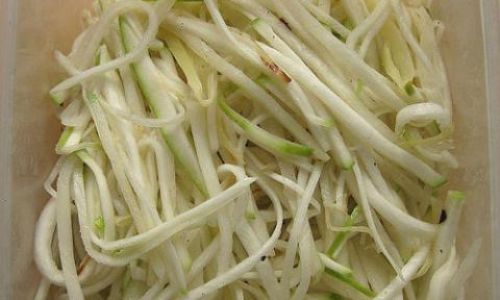
-
Basic Vinegar Pickle
Ingredients:
- Fresh mustard roots, cleaned and peeled
- Distilled white vinegar (5% acidity)
- Water
- Salt
- Sugar (optional)
- Whole spices (such as mustard seeds, peppercorns, and bay leaves)
Instructions:
- Prepare the mustard roots by cleaning them thoroughly and peeling off any tough outer skin. Cut the roots into desired shapes and sizes.
- In a large pot, combine vinegar, water, salt, and sugar (if using) in a ratio of approximately 1 part vinegar to 2 parts water. Adjust the salt and sugar to taste.
- Add whole spices to the brine and bring it to a boil. Reduce heat and simmer for about 10 minutes to allow the flavors to meld.
- Pack the prepared mustard roots into clean, sterile jars. Pour the hot brine over the roots, ensuring they are fully submerged.
- Secure the jar lids and allow the pickles to cool to room temperature. Store in a cool, dark place for at least 2 weeks before consuming to allow flavors to develop.
-
Fermented Pickle
Ingredients:
- Fresh mustard roots, cleaned and sliced
- Non-chlorinated water
- Salt (about 2-3% of the total weight of the mustard roots and water combined)
- Starter culture (optional, but recommended for beginners)
Instructions:
- Prepare the mustard roots by cleaning them and slicing them into thin strips or chips.
- In a large, non-reactive bowl or jar, combine the mustard roots with non-chlorinated water. Dissolve the salt in the water.
- Ensure the salt concentration is correct by tasting a small amount of the brine; it should taste slightly salty but not overly so.
- If using a starter culture, add it according to the manufacturer’s instructions.
- Cover the bowl or jar with a clean cloth or loose-fitting lid to allow gas exchange. Place in a cool, dark place.
- Ferment for 3-10 days, tasting daily to monitor the flavor development. The pickles should develop a tangy, sour taste and slightly bubbly appearance.
- Once the desired flavor is achieved, transfer the pickles to clean, sterile jars and cover them with the brine. Store in the refrigerator to slow further fermentation.
Innovative Pickling Recipes
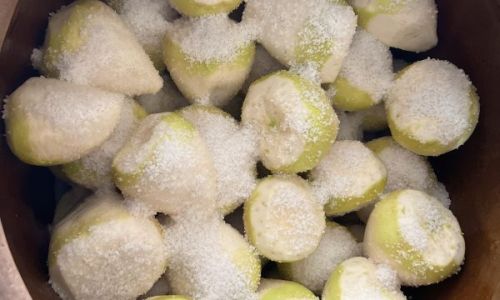
-
Sweet and Spicy Mustard Pickles
Ingredients:
- Fresh mustard roots, cleaned and diced
- Apple cider vinegar
- Water
- Sugar
- Salt
- Red pepper flakes
- Garlic cloves, sliced
- Ginger root, sliced
- Star anise
Instructions:
- Prepare the mustard roots as described.
- In a saucepan, combine apple cider vinegar, water, sugar, salt, and red pepper flakes. Adjust the sweetness and saltiness to taste.
- Add sliced garlic, ginger, and star anise to the vinegar mixture. Bring to a boil, then reduce heat and simmer for 10 minutes.
- Pack the mustard roots into clean jars. Pour the hot vinegar mixture over the roots, ensuring they are fully submerged.
- Secure the jar lids and allow the pickles to cool. Store in the refrigerator for at least a week before consuming to allow flavors to meld.
-
Dill and Garlic Mustard Pickles
Ingredients:
- Fresh mustard roots, cleaned and quartered
- White wine vinegar
- Water
- Salt
- Sugar
- Fresh dill sprigs
- Garlic cloves, halved
- Black peppercorns
Instructions:
- Prepare the mustard roots.
- In a pot, combine white wine vinegar, water, salt, and sugar. Adjust the seasoning to taste.
- Bring the vinegar mixture to a boil, then reduce heat and simmer for 5 minutes.
- Pack the mustard roots into jars, adding a few dill sprigs, garlic cloves, and peppercorns to each jar.
- Pour the hot vinegar mixture over the roots, ensuring they are fully submerged.
- Secure the jar lids and allow the pickles to cool. Store in the refrigerator for at least a week before enjoying.
-
Honey-Lavender Mustard Pickles

Ingredients:
- Fresh mustard roots, cleaned and thinly sliced
- Rice vinegar
- Water
- Salt
- Honey
- Dried lavender buds
- Lemon zest
Instructions:
- Prepare the mustard roots.
- In a saucepan, combine rice vinegar, water, salt, and honey. Adjust the sweetness and saltiness to taste.
- Add dried lavender buds and lemon zest to the vinegar mixture. Bring to a boil, then reduce heat and simmer for 10 minutes, allowing the lavender and lemon flavors to infuse the liquid.
- Strain out the lavender buds and lemon zest (optional, for a clearer brine).
- Pack the mustard roots into jars and pour the hot vinegar mixture over them.
- Secure the jar lids and allow the pickles to cool. Store in the refrigerator for at least a week before consuming.
Storage and Shelf Life
Properly pickled mustard roots can be stored in a cool, dark place for several months, provided they remain submerged in the brine. For long-term storage, refrigerate the pickles to slow any further fermentation or spoilage. Always use clean utensils when removing pickles from the jars to avoid introducing contaminants.
Conclusion
Pickling mustard root is a delightful way to preserve this pungent, nutritious vegetable while enhancing its flavor. From traditional vinegar pickles to innovative recipes infused with sweet, spicy, and aromatic ingredients, the possibilities for pickling mustard root are endless. With this comprehensive guide, you’re equipped to create your own pickled mustard root delicacies, delighting your taste buds and preserving the bounty of the harvest for future enjoyment. Happy pickling!
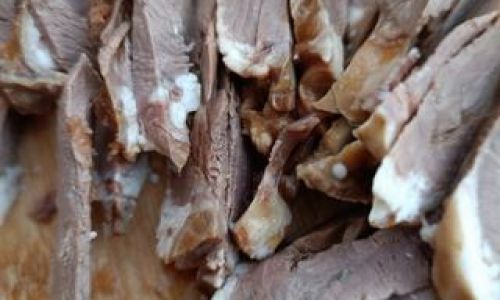

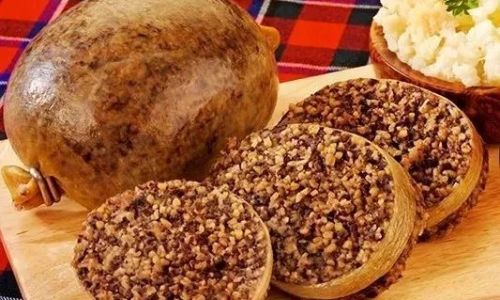
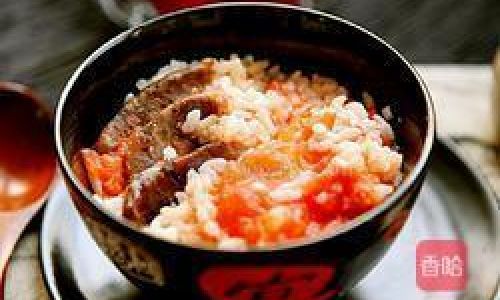
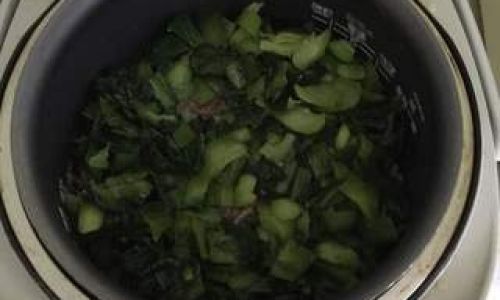
0 comments